Performance and flow rituals help people deal with high-stakes work situations, cope with anxiety, and focus on getting to their goals. They can bring a sense of control in times of uncertainty — like during a big meeting, in the middle of a pitch or a trial, or when overwhelmed with too many deadlines.
Rituals’ use of repetition and physical action help develop a sense of flow and confidence. Past research shows that performing rituals help people regulate their emotions, decrease anxiety, and get into a flow state. Following the pattern of a ritual can help block distractions, and set rules for themselves about how to work better.
Here are five performance rituals excerpted from our new book, Rituals for Work: 50 Ways to Create Engagement, Shared Purpose, and a Culture of Bottom-Up Innovation (Wiley, 2019).
1. Moment of Reverence

The Moment of Reverence is a short ritual that occurs right before an important meeting or talk. It is taken from a hospital practice. Right before a surgery begins, the whole team of doctors, nurses, and others stop what they are doing. They take a short moment to remember the person on whom they are going to conduct the surgery.
The goal is to ensure that everyone remembers the humanity of the situation. It’s about breaking the routine procedures, pausing to recognize the importance of what’s happening and to appreciate the people involved. The moment can also reinforce the mindfulness that everyone should be proceeding with — to encourage care, precision, and empathy.
2. Touch for Special Powers
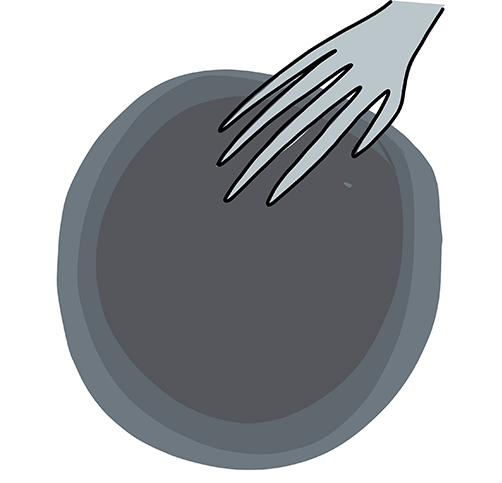
Touch for Special Powers is a simple ritual to create an organization-wide symbolic action that inspires people to do great, quality work.
It takes its inspiration from the ‘Play Like a Champion’ sign inside the University of Notre Dame football team’s locker room. Each player touches the sign as they leave the locker room and go onto the field. It’s a small ritual to charge people up.
The ritual prop — either with a similar sign or with a button — doesn’t pretend to actually imbue someone with a special power. It is all about the placebo effect, of giving people a sense of control, combined with a hint of magic.
3. Six Daily Questions
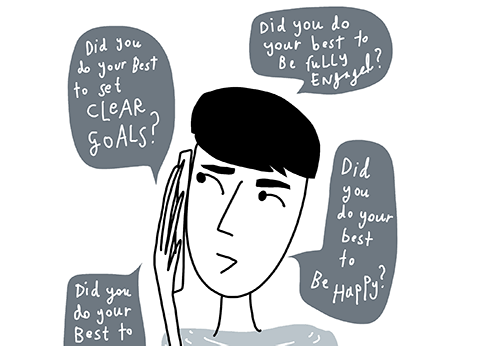
6 daily questions is a daily ritual, where you set up a system where someone asks you the same big six questions about your progress and values. Instead of staying focused on all of the day-to-day pressures, this ritual has you check in every day on whether you are living up to your values, getting to happiness, and making progress towards your goals.
This one comes from the business coach Marshall Goldsmith, who actually hired someone to call him every day and ask him six questions about whether he is engaged, making progress, and setting clear goals for himself. Buy a having himself answer the six big questions every day, he can stay true to his fundamental core values.
4. To Do Compost Ritual
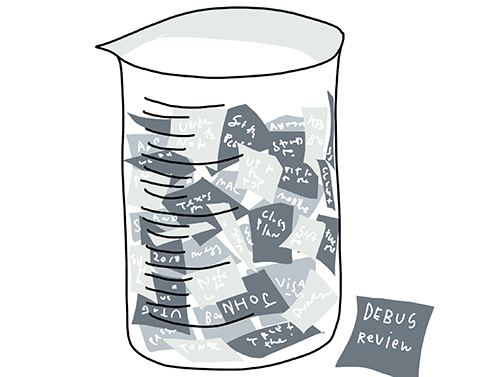
The To-Do-Compost is a ritual to visualize your progress on your to-do list in a more tangible rewarding way.
You write down your to-dos on sticky note — one per note. Then when you complete a task, you, physically tear it up and add to your compost jar.
As your to-dos get composted, you will see their shreds rise. It’s a physical measure of getting work done. By feeding your compost with completed tasks and visually seeing your progress, you can decrease the anxiety and stress that comes with completing them. This is a playful way of crossing off a long scary list.
5. Partner Bonds
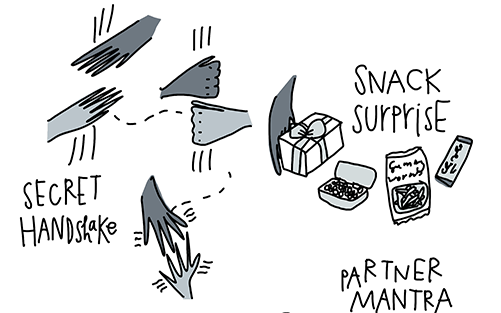
Partner Bonds are rituals that you can encourage pairs in your teams to build together. They are one-to-one, usually secret actions that team partners can develop together.
Strong partnerships at work can help bridge people with different skill sets and seniority levels. Some companies, like Menlo Innovations, Pinterest, Team Genius, and SYPartners, deliberately pair individuals up, for a few weeks at a time. The pairs can work near each other, support each other in their projects, and hold each other accountable.
Rituals like secret handshakes, mantras, and small gift-giving can bring people together more quickly. The bonding will help them to build a relationship in which they trust each other and feel safe, to be honest, critical, and creative together.
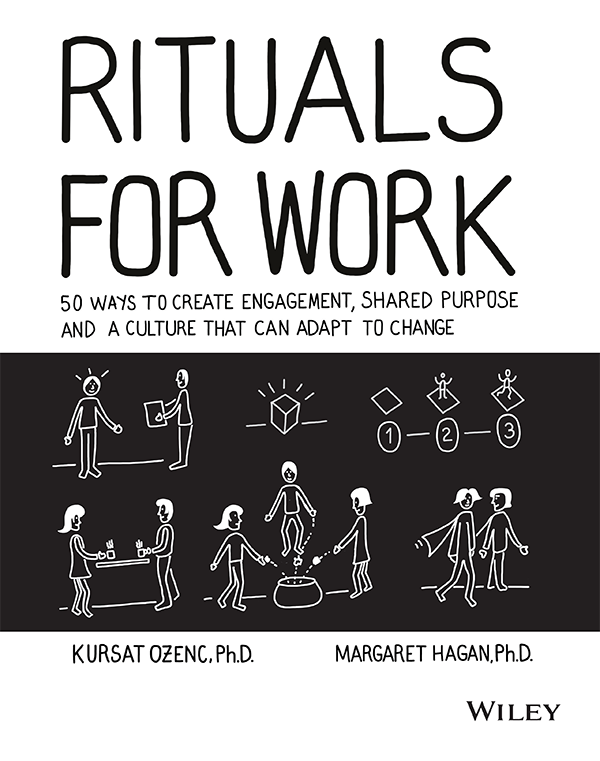
Kürşat Özenç is a designer and an innovation consultant. He teaches at the Stanford d.school, where he leads the Ritual Design Lab initiative, that runs experiments with students and partner organizations on personal, team, and human-robot rituals. Margaret Hagan is a lawyer and designer. She teaches at Stanford Law School and d.school, where she runs the Legal Design Lab, which does research and development for improving people’s access to the justice system. This article was adapted with permission from Rituals for Work(Wiley, 2019).

